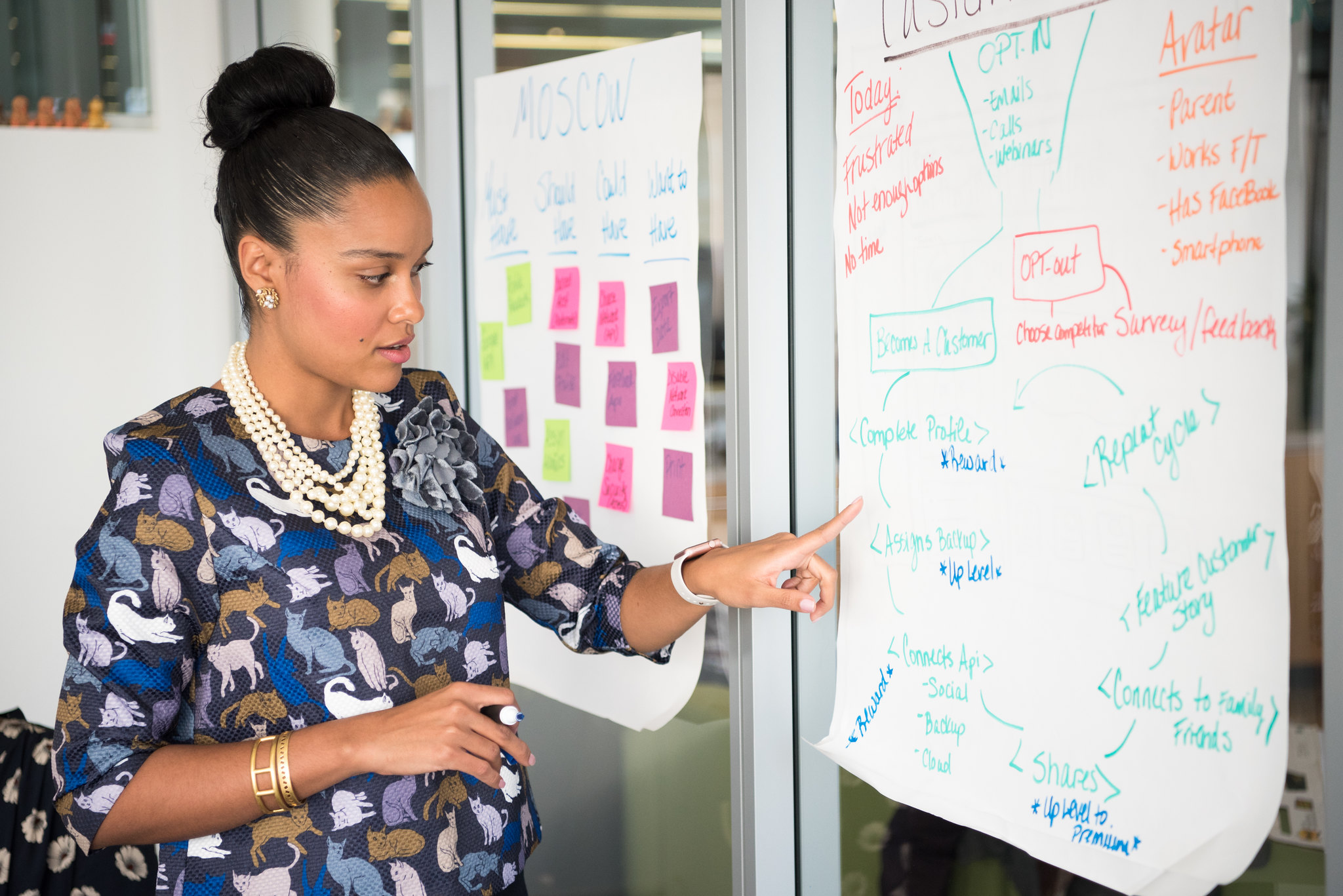Lightweight Meetings
Organizations invest vast amounts of time and money into meetings, but they are often ineffective events with no agenda that simply result in a plan to have another meeting. Since most people have to stop working to attend meetings, countless hours of lost productivity are spent each week in meetings.
We can get more out of meetings by doing less. By simplifying meetings, we can make them useful events that don’t last any longer than necessary and end with things getting done. This requires effectively planning, conducting, and closing meetings.
The Best Meeting is Often No Meeting
Before we get into how to create effective meetings, it’s important to understand that not every decision or activity needs a meeting.
I believe in simplicity which also includes the things you decide not to do. The meetings you don’t have free up time and resources for other activities. If you can accomplish something without a meeting, then don’t schedule a meeting. If there are regularly scheduled meetings that don’t add value, stop having those meetings.
However, there are times when it’s difficult to avoid a meeting:
- Starting a new project
- Discussing something that’s very complex
- Discussing something that involves multiple teams
- Needing to do something fast
- Needing to quickly do something very complex involving multiple teams that they’ve never done before.
Planning the Meeting
Meetings succeed or fail during the planning phase. Way before the meeting participants arrive, you need to have a solid plan in place to improve the chance that you’ll meet your meeting objectives. A critical part of a meeting plan is having the correct roles in the meeting.
Roles
To have an effective meeting, you have to make sure that four primary roles are present. Some roles may be filled by the same person. Most meetings are ineffective because a role isn’t present or the role is poorly performed. Also, if a person wants to come to a meeting but can’t perform one of these roles, then that person probably shouldn’t be invited to the meeting.
Facilitator
The facilitator is responsible for making sure the meeting accomplishes its objectives. The person filling this role:
- Schedules the meeting
- Makes sure the other meeting roles are filled
- Determine the participants
- Develops the agenda
- Provides helpful documentation, links, etc., for participants to read before the meeting
- Prepares meeting materials
- Guides the discussion
- Solicits input from participants during the meeting to make sure everyone contributes
- Sets a positive and hopeful tone for the meeting
Driver
The driver is responsible for keeping the meeting on track. The person filling this role:
- Manages time limits for the agenda items
- Makes sure tools (presentations, work management software, demos, visual aids, etc.) are up to date before the meeting
- Practices using tools before the meeting
- Manages tools during the meeting
Scribe
The scribe is the historian for the meeting. The person filling this role:
- Takes notes on key points, decisions, and action items
- Records the meeting (audio and/or video) as needed
- Rewrites notes for clarity after the meeting
- Distributes notes and recordings after the meeting
Participant
The participant is active in accomplishing the goals of the meeting. The person filling this role:
- Understands the objectives and agenda for the meeting
- Adds to the meeting agenda as needed
- Reads prerequisite material before the meeting
- Presents ideas in a timely fashion
- Contributes to a positive and hopeful tone of the meeting
Conducting the Meeting
Executing the plan for your meeting gives you a roadmap for getting to your desired outcomes and a foundation to use for pivots when unexpected things happen.
Keep Meetings Fit for Purpose
Meetings are tools so keep them fit for purpose. The agenda for a meeting should be targeted towards meeting the meeting objectives, and any other discussions should be reserved for when the meeting is over.
Focus on Change
Something should change as a result of the meeting. This can include an updated plan, better deliverables, a better understanding of a problem, a few proposed solutions, etc. If nothing changes as a result of the meeting, then the meeting was probably unnecessary.
The facilitator should have a clear understanding of what should be different after the meeting ends and drive the discussion towards those changes.
Stay Flexible
No plan survives first contact with reality. However, having a plan gives you a starting point for changing direction. It’s impossible for your meeting plan to anticipate everything that will happen during the meeting. So, accept that your meeting plan will have errors in it. However, a plan that has errors in it is usually better than no plan at all. You can fix the errors and create a better plan.
Closing the Meeting
You’re not finished when the meeting is over. There are tactical things facilitators need to do in order to make sure the attendees get the full benefit of what was accomplished during the meeting.
Promptly Distribute Meeting Artifacts
It’s important to distribute the artifacts (notes, updated documents, decisions, recordings, etc.) of the meeting as soon as you can. This provides the participates with a fresh reminder of what was done in the meeting. It also quickly makes the information available for anyone who couldn’t attend the meeting.
We work in a fast paced environment where things change quickly. That means that information can get stale very quickly. So, keep your meeting information as fresh as possible by getting it out as soon as possible.
Give Time Back
Some argue that a meeting should alway start on time, but that’s not always practical. You’ll have some participants that are always early and some that are always late. So, start the meeting when the right people are present. Since you should only invite people who are essential for the meeting to be successful, that means you’ll probably have to wait until all of the people you invited show up.
However, you should try to give people time back at the end of the meeting. For a 30 minute meeting, try to end 5 minutes early. For a 60 minute meeting, try to end 10 minutes early. Ending early gives participants a chance to take a break before their next meeting or activity.
Summary
By having the right roles present, creating a plan, managing the meeting according to the plan, and quickly disseminating the outcomes of the meeting, you’ll make meetings valuable events that participants want to experience.






